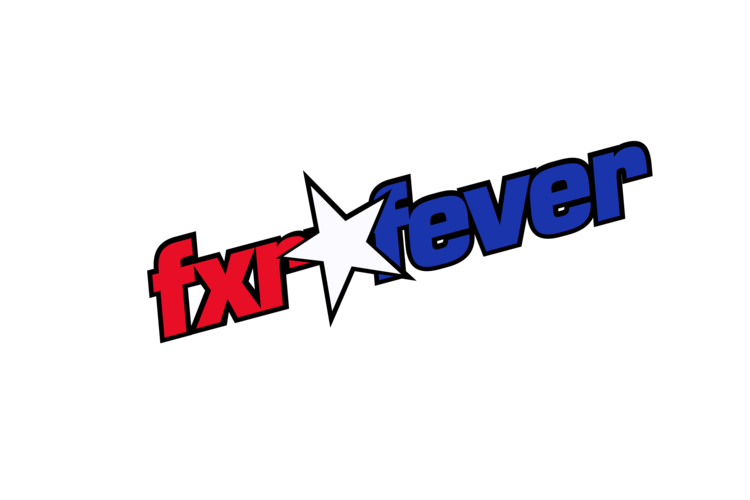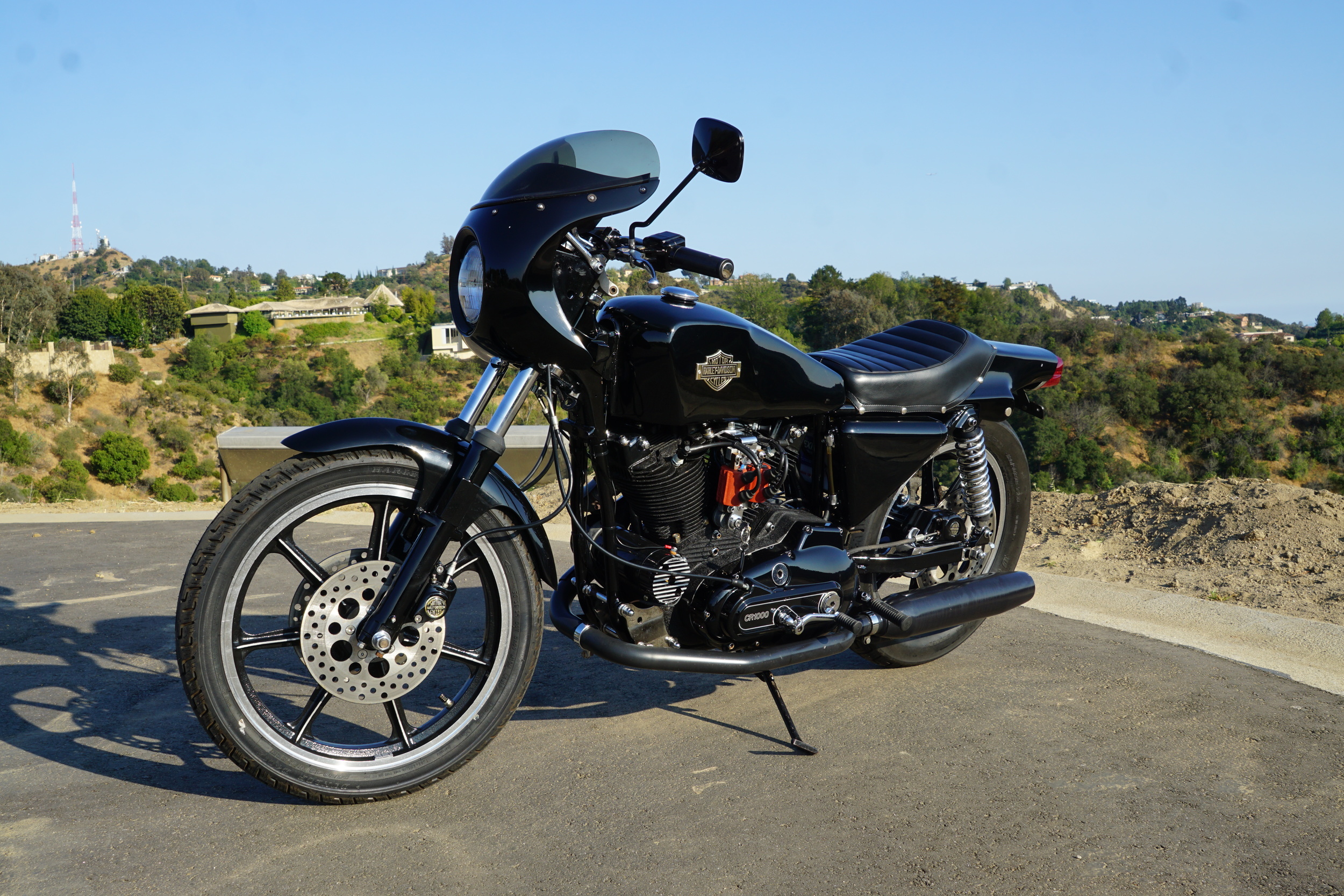Possibly considering selling my 1990 Harley Davidson FXR. The bike is my interpretation of if you could own one bike that in the club bike style of Northern California was fast & tall & narrow enough to ride in the city, be able to leave coast to coast on a moments notice and get there reliably and be able to cruise at 90 the whole way comfortably and be able to walk at the end of a 1000 mile day. I have a large collection of FXR parts and this bike got the cream of the crop when it came to what went on.
The bike was totally rebuilt to the condition you see it in. Started life as a 1990 EM Code (FXRS-Con) Convertible with a built motor from zipper's with 10k on it and 33k on the actual bike. The bike was just rebuilt this year as you see it. New this year was a totally custom S&S/Zipper's performance engine. Zipper's $4000 big billet heads, 55.5mm g2 s&s super g carb with thunderjet, .656v2 zipper's redshift cam.
The bike is TERRIFYINGLY fast. We have not dyno'd it yet but easily in the 140s at the wheels. Previously was a 1990's flame and billet special. This was desirable to start a build on for a few reasons. It came with the same frame with the correct bungs for a fixed fairing as a p & t, was a 90 so it got the later trans/ primary/ starter/ & clutch (very desireable) as well as the factory 2" longer fork tubes on a dual disc front end (same as a 1988-on FXRT, FXRP, FXRS-SP). Fork lowers are gloss black. 13.5" Progressive rear shocks. It also has a numbers matching neck with a clean and clear PA title in my name. The bike was taken down to the frame. Everything was painted, cleaned, polished, or powdercoated. The wheels are 1998 1200s sportster 13 spoke mags in gloss black with brand new metzler me 888 tires. The Pulley is gloss black. The front rotors are 1998 1200s floating sunstar 11.5" rotors. The rear is a new old stock HD Sunstar fixed rotor with 12 point arp hardware. The Calipers are stock single pistons that are all freshly rebuilt with new pads. New wheel bearings. The wheels are 84-99 Timken bearing still so nothing crazy with the wheel spacers, everything lines up as it should vs a earlier 9 spoke mag. The side covers are arlen ness. The entire tin set was freshly repainted Harley Birch White. The fairing is an original 1990 NJ highway Patrol fairing. It is the cleanest/nicest fairing I have seen in the last ten years. No cracks, nothing missing, all factory brackets, light pods, pursuit lights, headlight all accounted for. The headlight cover is a clearview smoked unit with a nos gasket to seal it with new well nuts and hardware. The windscreen is a factory fxrp 50/50 black and clear trimmed down. The risers are 8" gloss black with biltwell tracker bars. 1996-on Harley factory switches wired internally in the bars. Black mirrors. Black avon contour grips. New brake fluid in both front and rear. Has a thunderheader 2-1 performance exhaust (almost $1000.00) that sounds and performs excellently. The factory mid controls are there and in great shape. The air cleaner is gloss black. The seat is the ultra rare 93-94 tuck and roll pleat seat. Its the most comfortable seat on the market for an fxr and commands a premium. The bags are off my 1990 FXRT and are original clamshells. The brackets are fresh gloss black. The bags are in so so condition but function well and have new latches on both sides. The dash is an original convertible/fxrs-sp dash with rare fuel gauge that functions.
All in all the bike is exactly what you would want if you were only able to own one bike. Handles insane, stops insane, very controlled but fast and smooth and have the ability with tank size and wind protection to do 1000 mile day trips. I travel between Philadelphia, PA and Huntington Beach & San Francisco, CA regularly and can bring the bike to California with me easily.






